On Gardening: A new Maestro of the garden bringing bees, birds and butterflies
Published in Lifestyles
This is a wonderful time to be a gardener, particularly for those whose passions aren’t just blooms, but also bees, birds and butterflies. I say that because new agastache varieties are showing up in every plant company. Such is the case with Proven Winners new Maestro Coral and Maestro Gold.
These new varieties follow close on the heels of their new Meant to Bee Queen Nectarine and Meant to Bee Royal Raspberry varieties. I love them all. I can only imagine what my neighborhood or yours would be like if we all planted some agastache.
I’ve been growing agastache varieties for about 30 years. My dream is to walk into a garden center and ask, "Where is your agastache section?" Then I would see so many I would have to buy some of each. This is a big dream!
Despite all the new varieties, these are still unknown to most gardeners, so let me unpack a little. First off, it appears there is no wrong way to say agastache. I went to several pronunciation sources, and it is hilarious. You will be fine saying it however you wish.
You’ll see some varieties that say hummingbird mints and others that say anise hyssop. They all attract bees, butterflies and hummingbirds and have a wonderful fragrance when touched. So, the most important question of all is, do you grow them?
Maestro Coral and Maestro Gold will be making their debut next year. They will be promoted as annuals, but those in zone 8 and warmer have an excellent chance of seeing a spring return provided the soil is well-drained. They will reach 12 to 24 inches tall with a 10- to 18-inch spread. You will want plenty of sun.
I fancy myself to be pretty good when it comes to plant combinations, but the Young’s Plant Farm Annual Garden Tour in Auburn, Alabama, this summer had a display of Maestro Coral that had everyone under a magical spell. My dilemma was whether I could do it justice with the camera.
It was a simple combination from the standpoint of plant species. It featured Maestro Coral agastache, Guatemala Papaya echinacea and a Cavendish banana. The color of the echinacea was a perfect pairing with the coral of the agastache, and the banana did what it was supposed to do and take you to the islands with its bold or coarse texture foliage.
This display also taught me the power of mass planting the agastache and echinacea. I am always planting about three of any trial plants. That is great as I don’t have that much room or sun for that matter. But you might have room to plant nine of each, which would command a "Holy wow!"
I also had the opportunity to try the Maestro agastache varieties last year when I first fell in love with them. I planted them with Carex grass that had chartreuse colored foliage. I can tell you chartreuse or lime green makes a great partnership with either variety.
This year I planted them at the base of a blue ceramic glazed bird bath with Serendipity ornamental onion with lavender flowers and Augusta Lavender heliotrope. I love these types of hummingbird mints with each other, with salvias, Truffula Pink gomphrena and Meteor Shower verbena.
Though we love and call them hummingbird mints, remember what I said earlier: You will also find butterflies. This year for whatever reason they have been abuzz with small bees. So, Maestro Coral and Maestro Gold will be annuals or have perennial possibilities in zones 8 and warmer.
If you are looking for hardier varieties don’t forget those others I mentioned from Proven Winners, Meant to Bee Queen Nectarine and Meant to Be Royal Raspberry. These are referred to as anise hyssops and are taller, nearing 3 feet, and wider, reaching from 32 to 36 inches. They are also cold hardy from zones 5-9.
It’s time you get on the agastache bandwagon for pollinators, fragrant foliage and sheer garden beauty. Start asking your garden center to get them for you.
____
(Norman Winter, horticulturist, garden speaker and author of “Tough-as-Nails Flowers for the South” and “Captivating Combinations: Color and Style in the Garden.” Follow him on Facebook @NormanWinterTheGardenGuy.)
(NOTE TO EDITORS: Norman Winter receives complimentary plants to review from the companies he covers.)
©2025 Tribune Content Agency, LLC
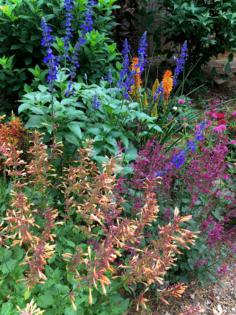
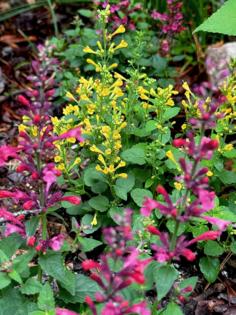
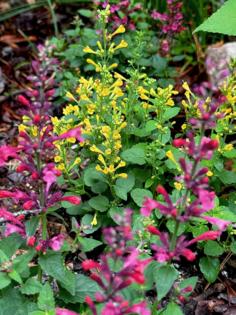
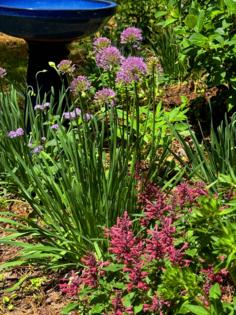





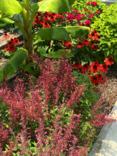























Comments